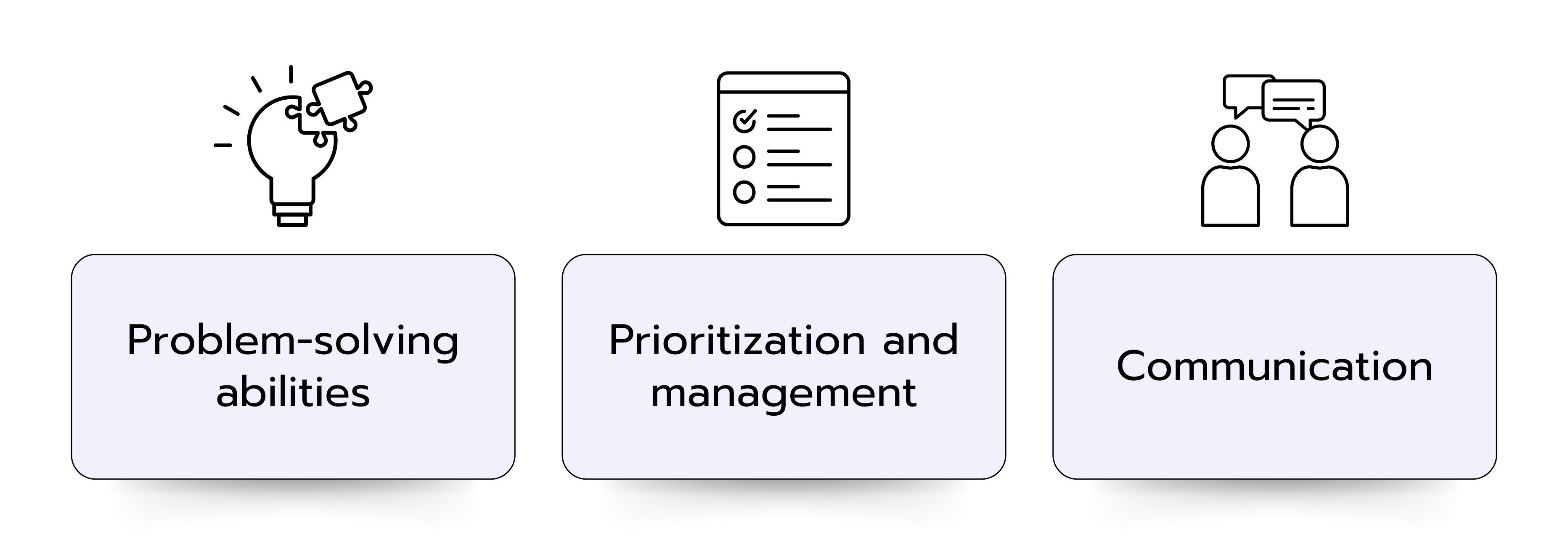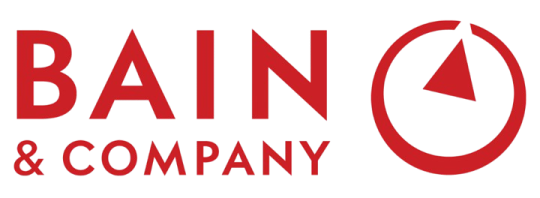Case interviews can be overwhelming, but they are one of the most important parts in the hiring process. These interviews allow companies to assess your problem-solving skills, your ability to structure complex problems, and how well you communicate your solutions.
A case interview isn't just about finding the "right" answer – it's about how you think. The best way to approach any case is to stay organized, break the problem into manageable parts, and explain your thinking clearly. In this guide, we'll walk you through the key steps to excel in a case interview, avoiding common mistakes, and standing out against the competition.
Why Case Studies Matter in Interviews
Case studies are used in interviews because they simulate real business challenges, testing your ability to solve difficult problems under pressure. More than your technical skills, interviewers are looking for:

- Problem-solving abilities: Can you break down a complicated issue into smaller, more manageable parts?
- Prioritization and management: Can you identify the most important elements of a case and address them first?
- Communication: Are you able to clearly and logically explain your thinking process?
Your performance in a case interview shows how you think on your feet and whether you'd be able to handle the challenges that arise in the job. A structured approach to the problem is key, and this is where your preparation can really pay off.


